These are the 5 things you should never do if you want strong nails
From picking polish to over-buffing, give these nail mistakes the swerve to bring weak, brittle talons back from the brink
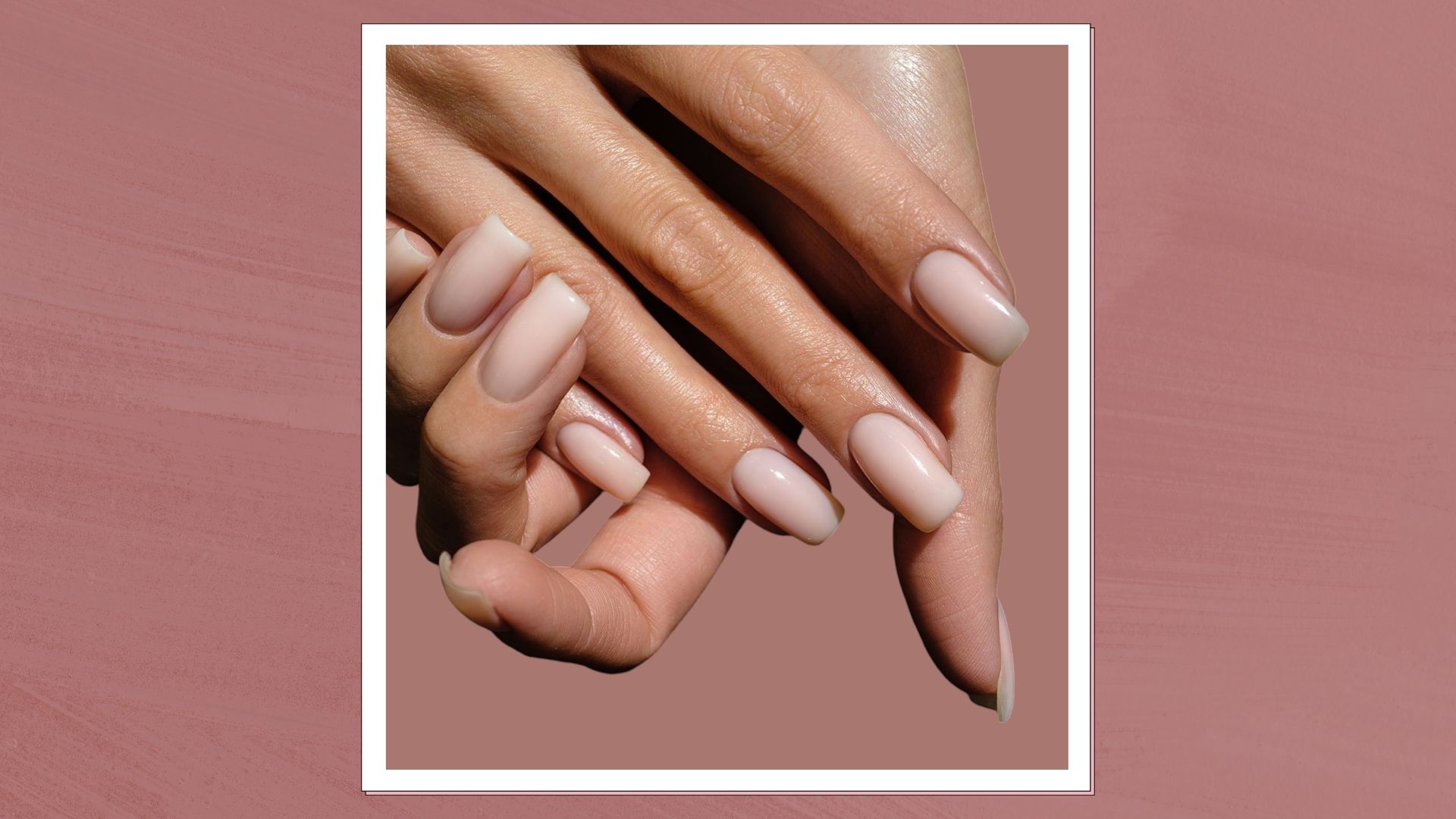

If your nails break at the mere sight of a keyboard or a parcel that needs opening, you’ve come to the right place. There are plenty of things you can do, or rather should never do, if you want long, strong nails.
Whether it’s submerging your hands in water and chemicals or simply eating an unbalanced diet, there's a raft of everyday activities that weaken and damage nails. It's all well and good sporting the 2024 nail trends, but if you have bendy tips, peeling, flaking layers or nails that just won’t grow, these are all signs of compromised nail health. Luckily, there are a few simple ways to show your nails some love - and it doesn’t involve giving up your monthly gel manicure.
Given that neutral nails are one of the key autumn nail designs, now’s the perfect time to put the work in and nourish your natural nails. Avoid these nail no-nos and nurse your nails back to health.
5 things you should never do if you want strong nails
1. Peel off your gels
Picking off your polish, especially if you wear gels, is hard to resist, but this bad beauty behaviour is incredibly damaging. For Robbie Tomkins, a celebrity nail artist, it’s the top cause of weak nails. “When gel is pulled off rather than soaked off, it removes layers of the nail plate with it, so that nails become weak, thin and struggle to maintain any length.”
According to Juanita Huber-Millet, Founder and Creative Director at Townhouse., “The ideal way to remove gel polish is by soaking the nails in acetone or using gel remover wraps. This method softens the gel, allowing it to be gently pushed off without damaging the underlying nail layers.”
"I always advise clients to have their gels professionally soaked off by a qualified nail technician,” explains one of Bio Sculpture’s top techs, Julia Diogo. Most salons offer gel removal for a nominal fee, and the service takes around 20-30 minutes. Or if you’re wondering how to remove gel nails at home, you’ll need a nail buffer to remove shine, cotton pads soaked in acetone, tin foil to wrap each nail, and a cuticle pusher to gently ease off the gels.
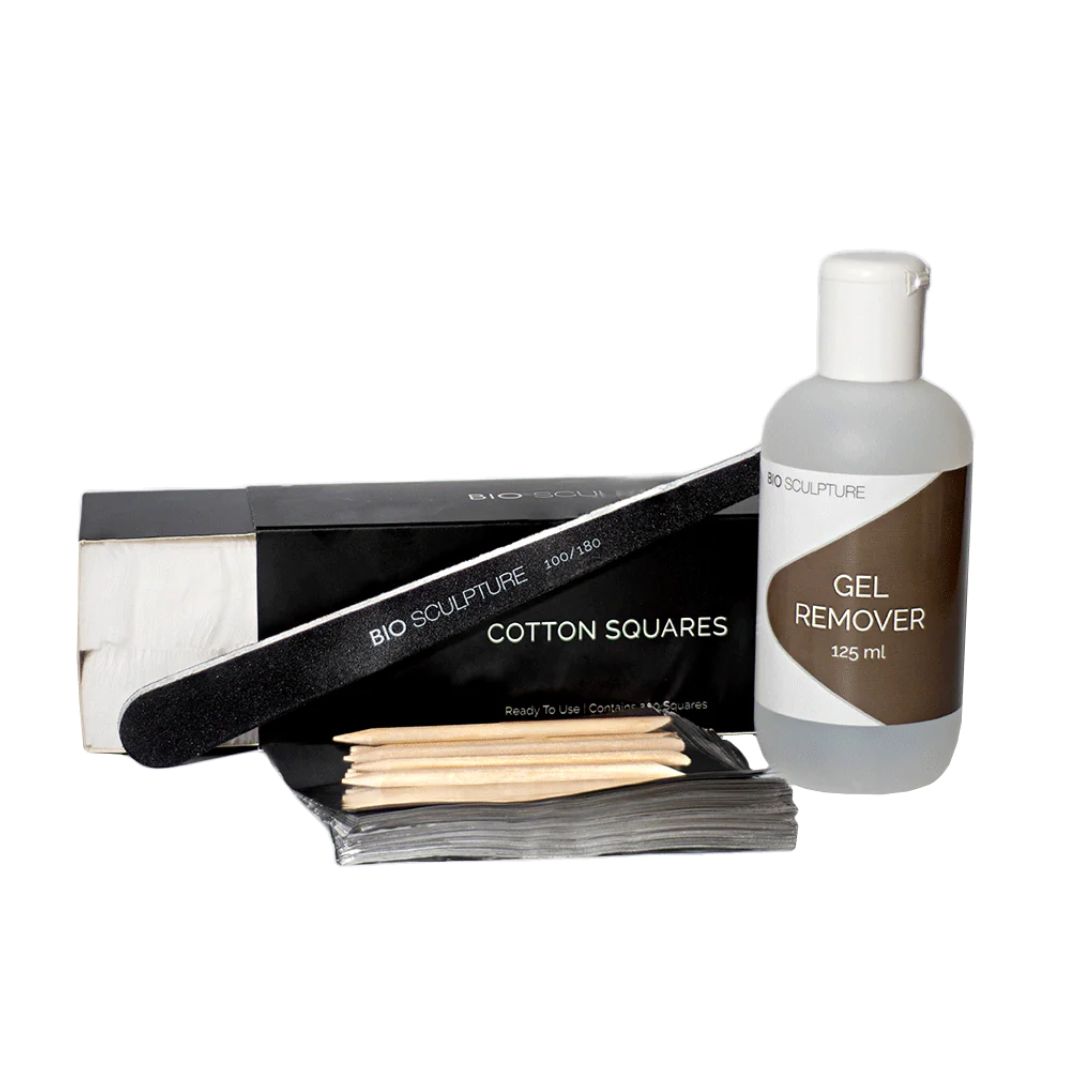
RRP: £15.50
“When you can’t make it to the salon, this gel removal kit is the perfect at-home solution," says Julia Diogo. "This remover provides a gentler alternative to traditional acetone, breaking down gel bonds without causing damage." Infused with conditioning agents, it helps protect your natural nails and the surrounding skin, while minimising dryness or breakage.
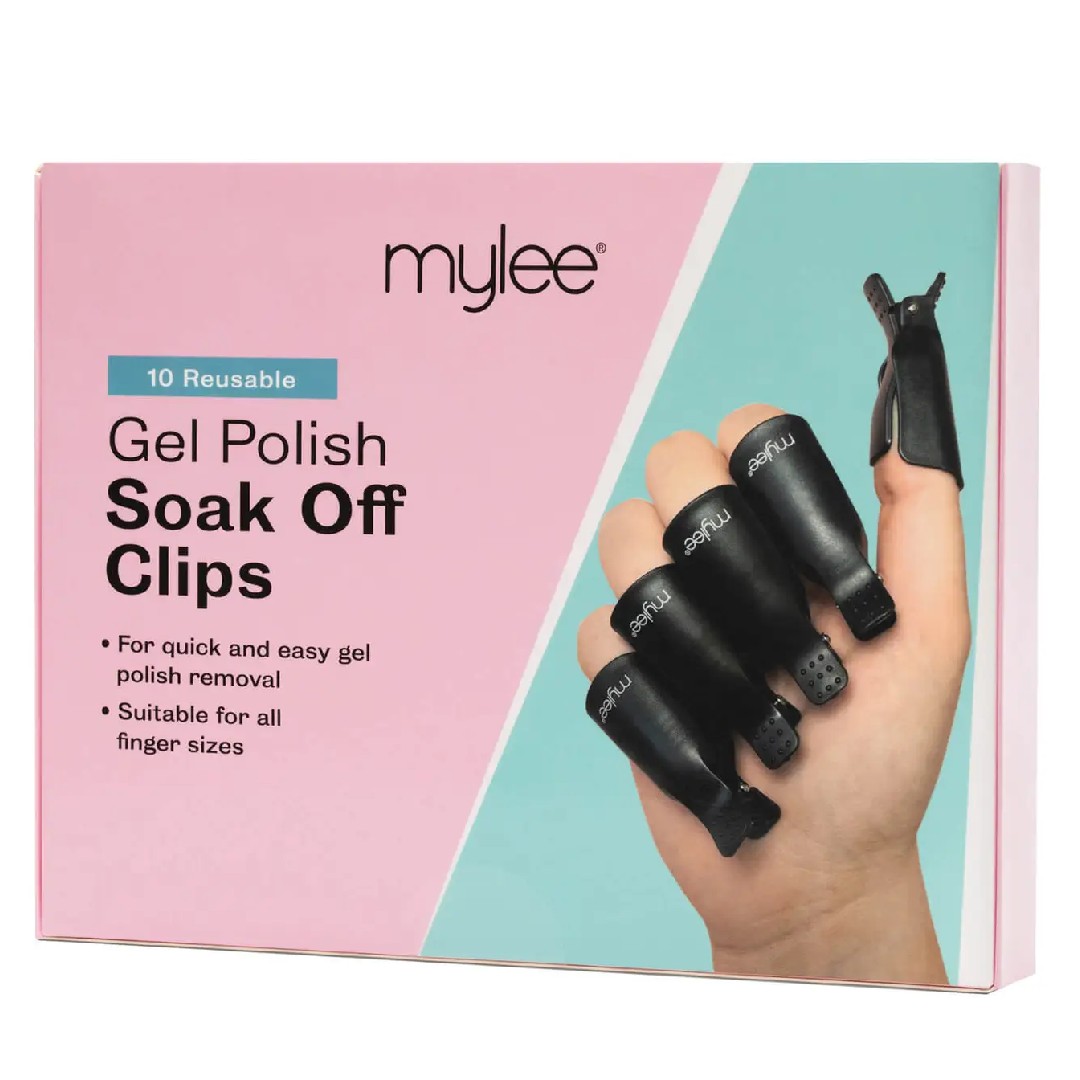
RRP: £7
Rather than messing about with fiddly bits of tin foil, use these handy reusable clips. Once you've soaked a cotton pad in gel polish remover, wrap it around the nail then use these to hold it in place. Leave for 10-15 minutes and release. They fit all nail sizes and work on fingers and toes.
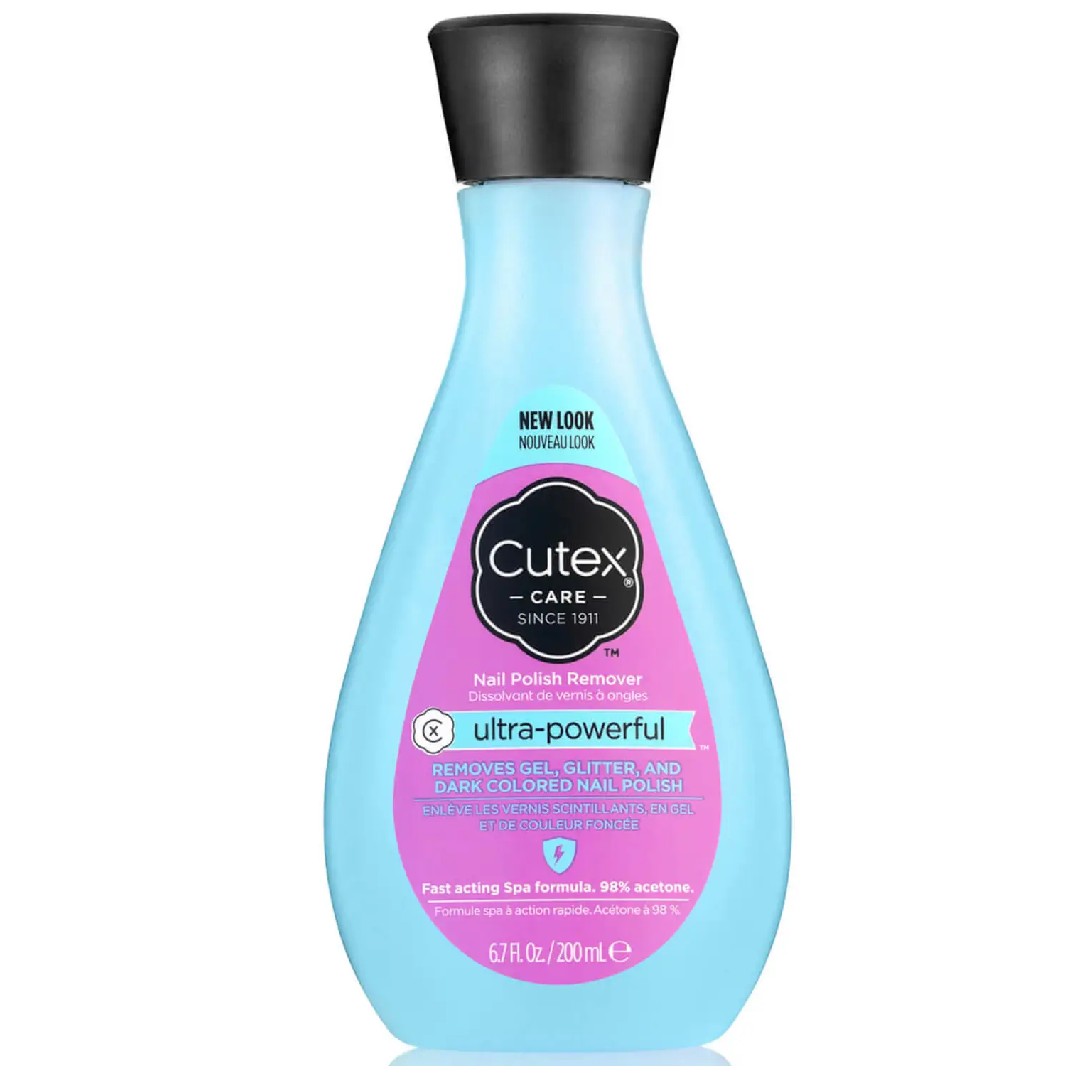
RRP: £2.99
This remover uses 98% acetone so it will gently lift gel polish, and swiftly remove regular varnish as well as stubborn glitter. The cucumber fragrance is a pleasant change to pungent, chemical-smelling removers too.
2. Over-buff
A little like peeling off your gels, excessive buffing can thin out the nail. “Buffing the nail too aggressively with a low grit buffer (meant for shaping and refining acrylic, hard gel or BIAB nails) can weaken the nail by thinning it, which makes it almost impossible to keep any natural length without breakages,” explains Tomkins.
Sign up to our free daily email for the latest royal and entertainment news, interesting opinion, expert advice on styling and beauty trends, and no-nonsense guides to the health and wellness questions you want answered.
The way you file your nails may inflict trauma too. Avoid a back-and-forth, sawing motion, which can cause tiny tears in the nail edge and leave it prone to peeling. Always work in one direction, moving your file inwards from each outside corner into the centre of the nail. Look for a nail file with a 150-180 grit - the ideal grit to create the perfect shape, whilst maintaining strong nails.
3. Forget cuticle oil
Nail technicians agree that the single best thing you can do for strong nails is to apply cuticle oil every day. According to Diogo, "By gently pushing back your cuticles every few days and applying a nourishing cuticle oil daily, you'll significantly improve the resilience and strength of your nails, keeping them in top condition between professional manicures."
Tomkins says that using cuticle oil becomes even more important when going through hormonal shifts. “Menopause and perimenopause can cause nails to become more brittle and prone to cracking and splitting so keeping the nails hydrated with cuticle oil, thick hand cream and a nail strengthener is paramount.”
His top tip? “Keep cuticle oil in your handbag, on your work desk and next to your bedside - wherever you’ll notice it to slather some on.”
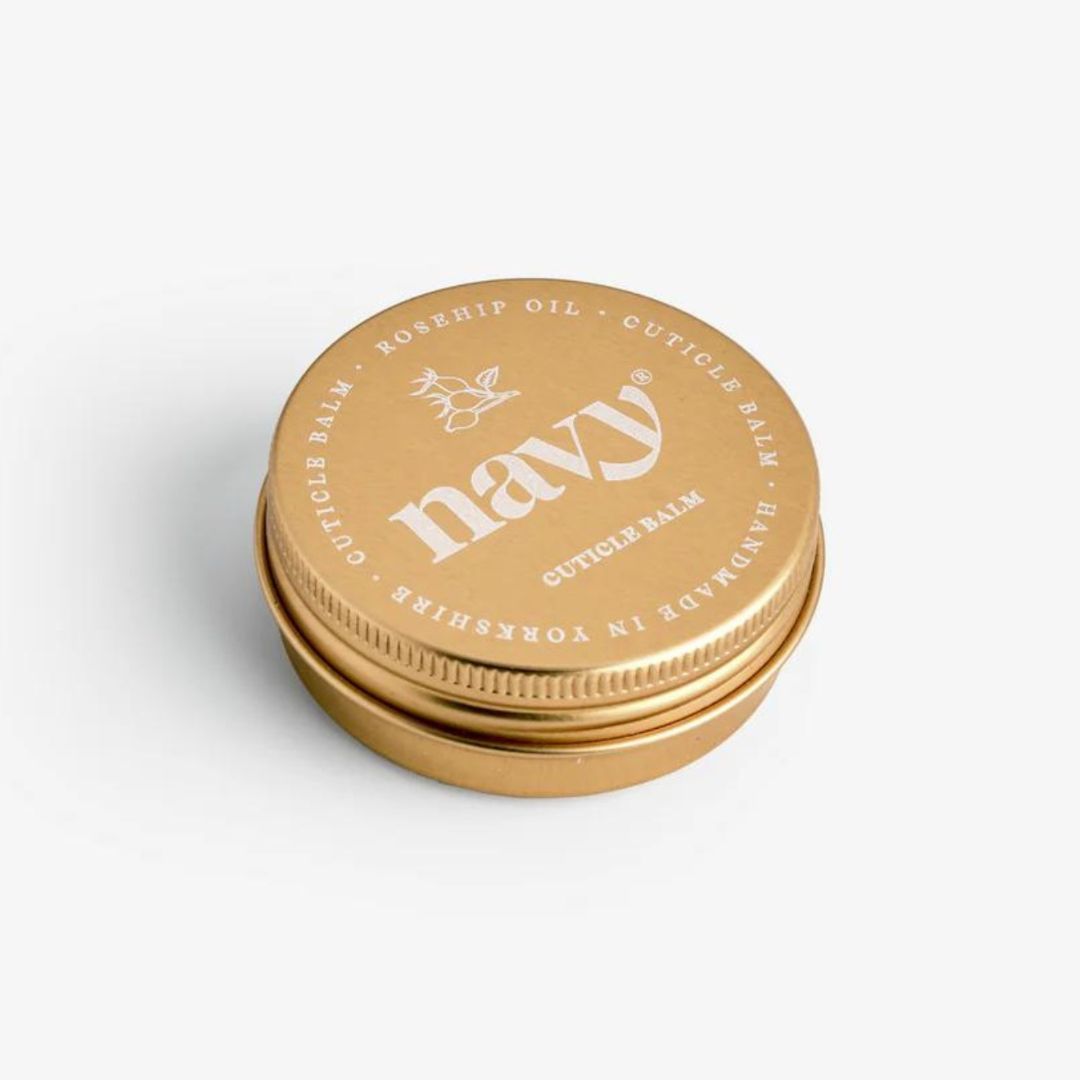
RRP: £14.95
This indulgent balm smells amazing. The formula is enriched with rosehip oil, aloe vera extract and coconut oil that deeply nourish hands and nails. It's perfectly fine to apply over gels, and won't dull their shine.
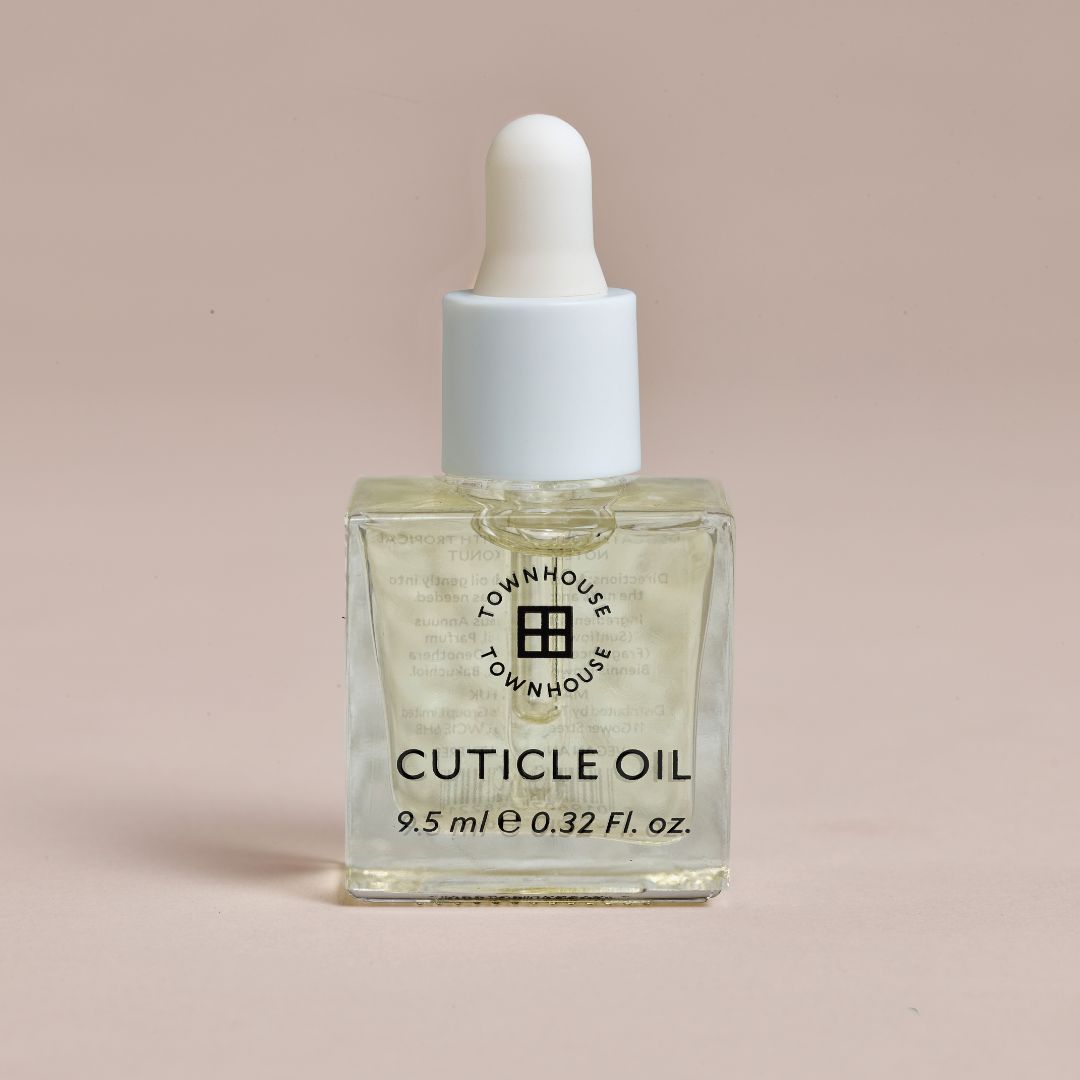
RRP: £12.50
"The cuticle serves to protect new nail growth," explains Huber-Millet. "Regularly moisturising your cuticles and hands is key for strong nails. Our Townhouse Cuticle Oil and Cream #1 are the perfect combo for locking in moisture and promoting healthy nails."
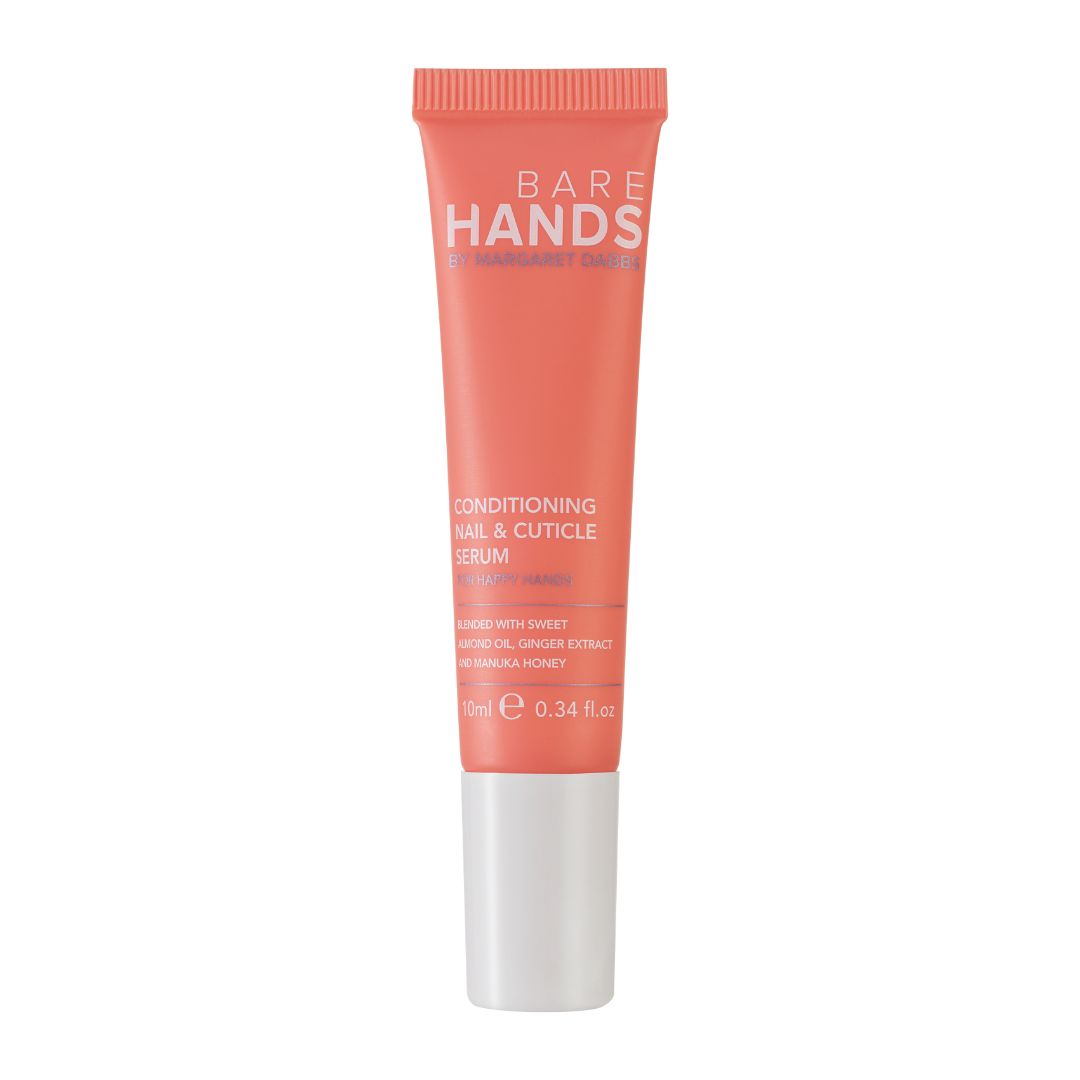
RRP: £8.50
Enriched with sweet almond oil, this concentrated serum keeps nails happy and healthy. The tube is ideal for chucking in your handbag to top up nails on the go.
4. Neglect your diet
For optimum nail health, an inside-out approach is often as important as the external factors we expose our nails to. Breaking, brittle, ridged nails may be a sign of deficiencies in your diet. Your nails are made of a protein called keratin so protein-rich foods are going to be your first port of call when it comes to keeping nails strong and long. Add lean meat, lentils and legumes to your meal rotation to boost keratin production.
Biotin is another important vitamin, essential to healthy nail growth. A lack of it might cause peeling and breakage. You can up your biotin by eating sweet potato, avocado and flaxseeds, or support your diet with a biotin supplement every day.
5. Do the washing up
“Frequent exposure to water can soften nails and cause them to become weak and brittle, especially when nails repeatedly absorb water and then dry out,” explains Huber-Millet. “Harsh chemicals, including household cleaners or certain nail products, can strip nails of their natural oils, leaving them dry and more prone to splitting or breaking.”
If you can use this as a ‘get out of jail free’ card for doing the dishes, then great! Otherwise, just pop on a pair of marigolds before you do any household chores that might expose you to water or cleaning chemicals.
Use a nail treatment to target your specific concern. Nails that are exposed to too much moisture become soft and bendy so turn to formulas that fortify. If you're lacking moisture, your nails probably feel brittle and break constantly so you'll need a moisturising treatment.
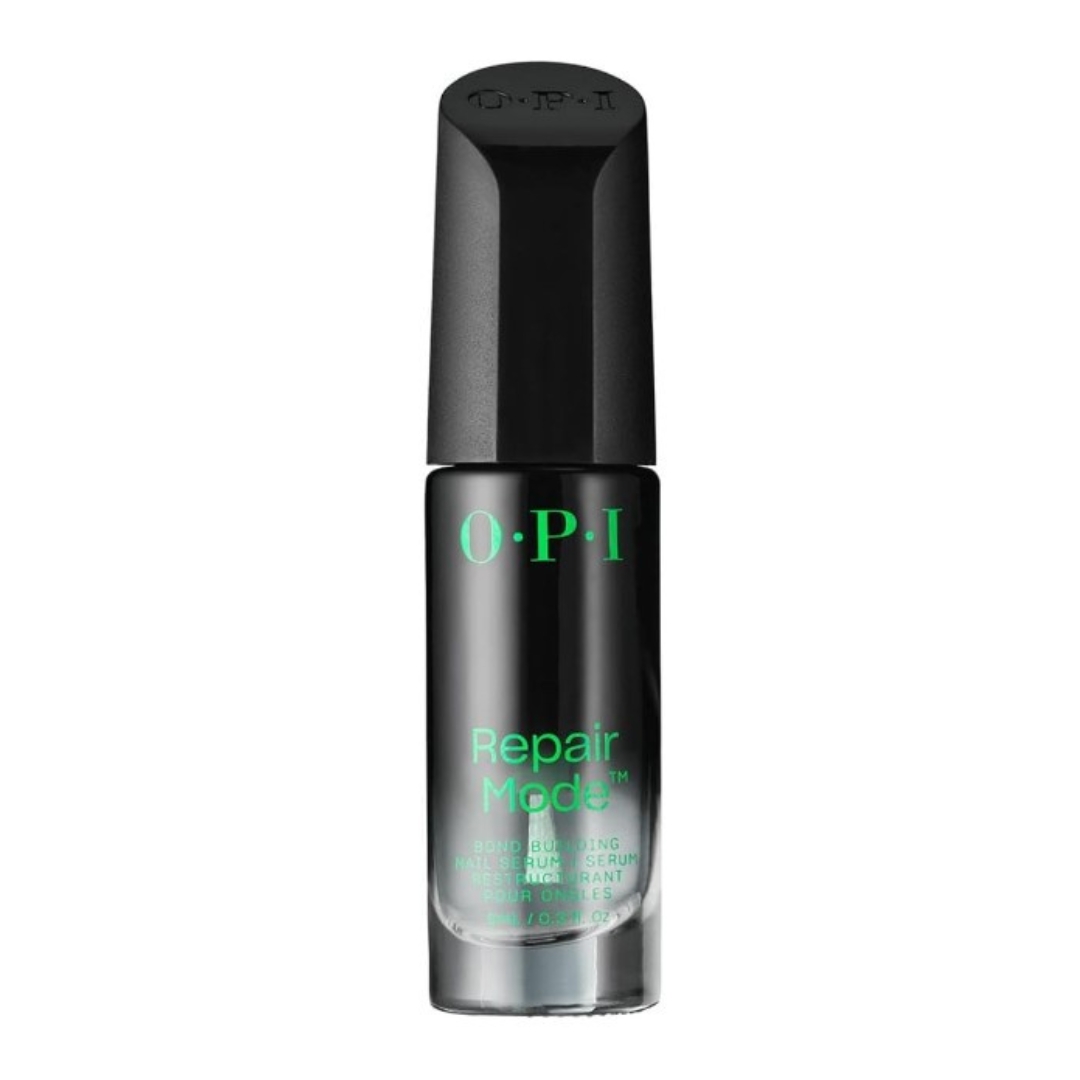
RRP: £29.90
This miracle product is a beauty team favourite. "I've never had good nails," admits Beauty Editor, Stephanie Maylor, "but this is really helping. It appears to instantly heal peeling tips. When I use it consistently, my nails become longer, stronger and my gel manicures last longer."
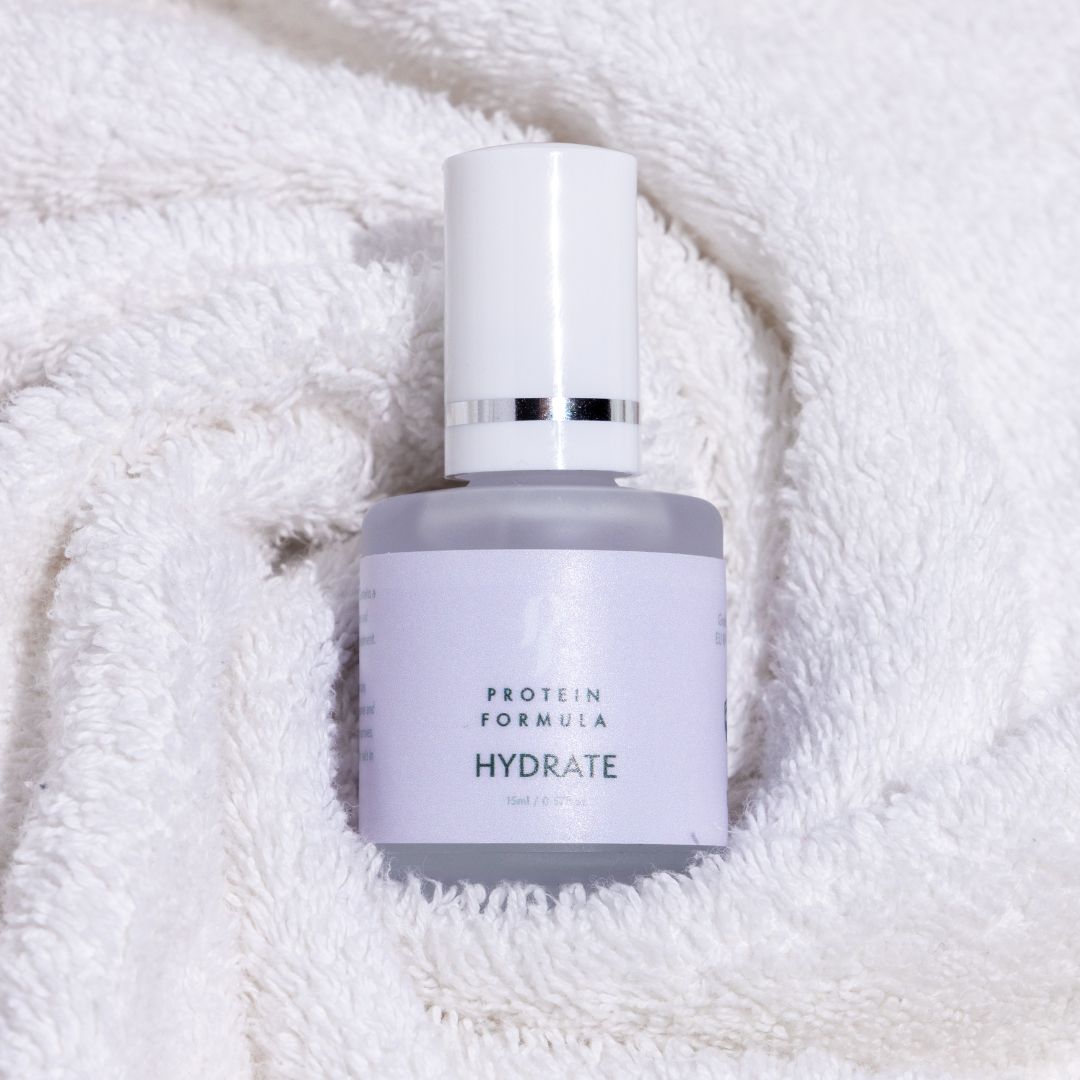
RRP: £14.95
"One treatment I have seen working mini miracles is Protein Formula’s ‘Hydrate’," says Tomkins. "It contains a rich concentration of AHAs and Panthenol to help hydrate nails and increase flexibility." Apply every other day then remove after seven days with a gentle, non-acetone remover.

RRP: £12
This is like a vitamin-packed smoothie for nails - a cocktail of B vitamins nourish, moisturise and rejuvenate the nail bed. It works on all nail types, maintaining the health of the nail until your next salon appointment. Simply apply a drop to each nail in between your gel manicures.

Stephanie Maylor is a Beauty Editor working across five national magazine titles, with almost 20 years' experience in the industry. She has written for many brands, including woman&home, Grazia, Now, More!, Fabulous, NW, Woman, Woman's Own, Woman's Weekly, Essentials, Best, Chat, and OK! online.
In 2010 she launched her own beauty blog, which was shortlisted for Best Beauty Blog in the 2011 and 2012 Johnson & Johnson Beauty Journalism Awards. She has interviewed many high profile industry experts and celebrities including Alesha Dixon, Twiggy and Christina Hendricks.